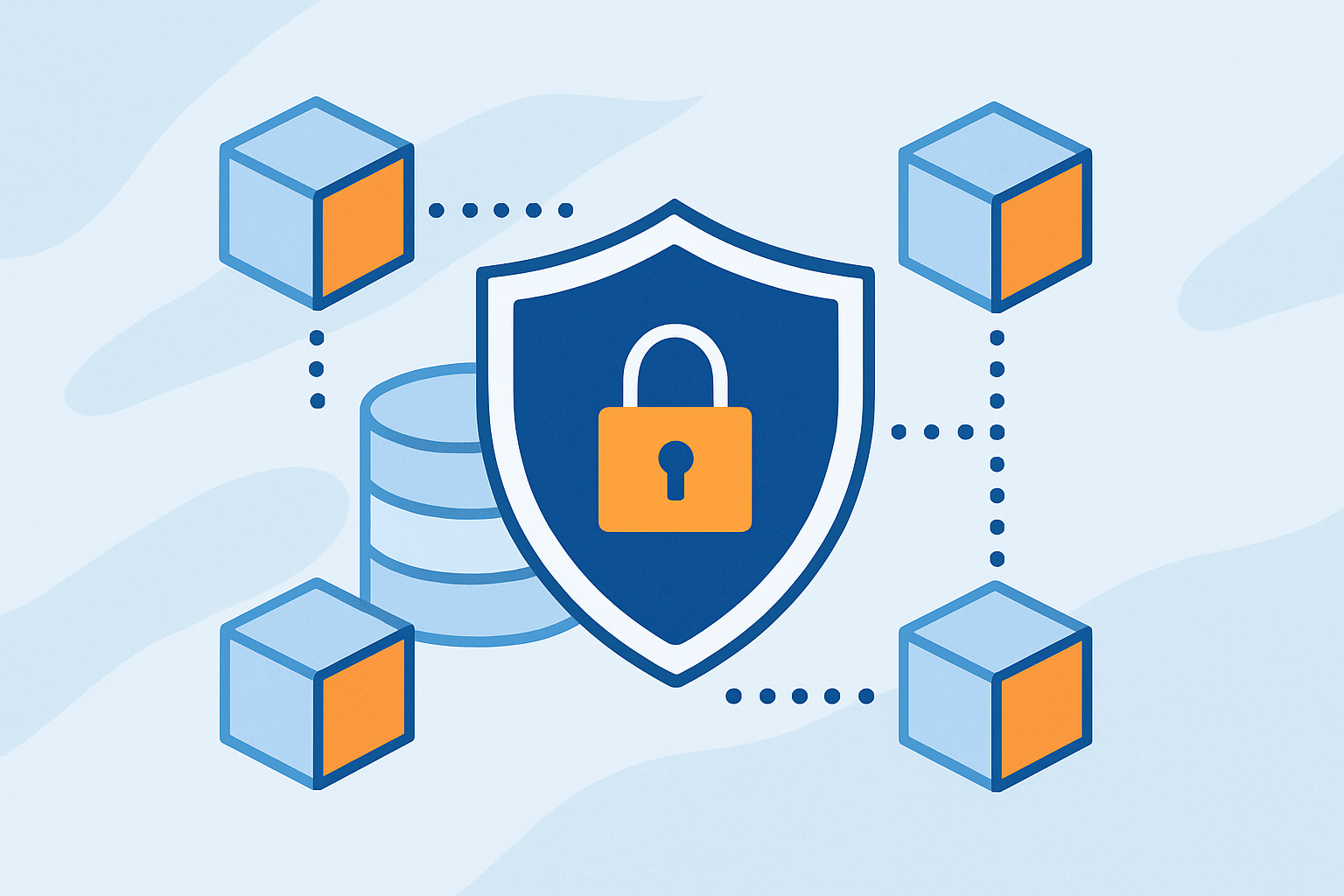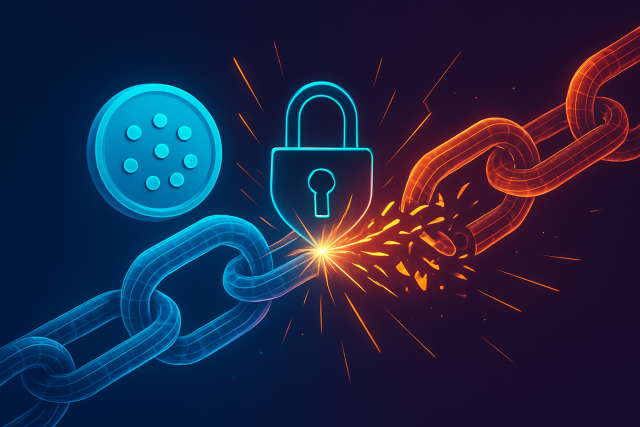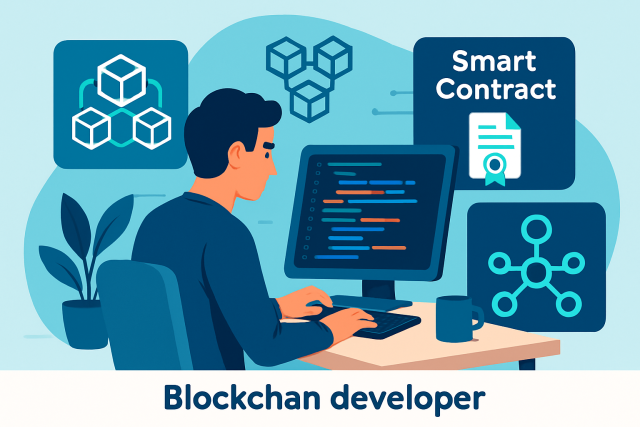Zero-Knowledge Proofs Explained Simply


Zero-knowledge proofs are unsung heroes in cryptography and blockchain technology. They might seem mind-boggling but at their core they let you verify a statement is true without revealing any details.
What Exactly Are Zero-Knowledge Proofs (And Why They Matter)
Zero-knowledge proofs let someone demonstrate they know or possess certain information without actually spilling the beans. It’s kind of like proving you’ve got the password tucked away without ever handing it over.
- Completeness: When the statement is true, an honest prover can confidently convince the verifier without tricks or deception.
- Soundness: If the statement is false no dishonest prover can fool the verifier.
- Zero-knowledge Property: The verifier learns only that the statement is true and nothing else like receiving a secret handshake without knowing the secret.
- Privacy Preservation: Sensitive information stays protected while allowing trust to be established. It offers the best of both worlds.
An Easy Way to Wrap Your Head Around Zero-Knowledge Proofs
Imagine two balls, one red and one green looking identical at first glance until you actually hold them in your hand. You want to prove you can tell them apart without spilling the beans on which is which. By going back and forth with someone who either switches the balls or leaves them alone, you show your grasp of the situation without ever tipping the colors themselves.
Zero-knowledge proofs let you demonstrate that you’ve got the secret sauce to navigate a maze without spilling the beans on the actual route. It’s like showing off your street smarts while keeping your map tucked safely away.
The Basic Idea Behind How Zero-Knowledge Proofs Usually Work
Zero-knowledge proofs focus on two main players: the prover who’s trying to convince and the verifier who’s basically the skeptic needing a nudge. Through a back-and-forth dance of challenges and responses, the prover manages to prove the truth without spilling any of the secret sauce underneath.
The prover cooks up a proof that shows they know the secret, but cleverly keeps it under wraps.
The verifier throws out a random challenge linked to that proof, keeping things on their toes.
The prover tackles the challenge head-on, using their secret to come up with the right answer.
The verifier checks the answer without ever lifting the curtain on the secret.
This dance repeats a few times to build solid trust—without spilling the beans even once.
Many people often jump to the conclusion that zero-knowledge proofs mean you walk away knowing absolutely nothing, but that’s not quite how the cookie crumbles. In reality, the verifier is left with just one nugget of truth: the claim checks out. Apart from that, not a single detail about the secret or the underlying data slips through.
Different Types of Zero-Knowledge Proofs That You will Want to Know About
- Interactive zero-knowledge proofs rely on a continuous back-and-forth between the prover and verifier.
- Non-interactive zero-knowledge proofs cut out all the chit-chat, allowing a single proof to be verified without any tedious exchanges.
- Zk-SNARKs (Zero-Knowledge Succinct Non-Interactive Arguments of Knowledge) boast impressively small proof sizes and speedy verification, though they usually come with the catch of a trusted setup.
- Zk-STARKs (Zero-Knowledge Scalable Transparent Arguments of Knowledge) toss out that trusted setup altogether and scale up better, but their proofs tend to be on the bulkier side.
Interactive proofs involve some back-and-forth chit chat. While they’re reliably secure, their communication demands can make scaling feel like juggling. Non-interactive proofs keep things simpler by generating standalone proofs and that is why you often see them used in blockchain applications. They are compact and efficient but rely on trusted setups which carry risks. Meanwhile, zk-STARKs stand out for their transparency and scalability because they skip the trusted setup step altogether.
| Type | Interaction Required | Proof Size | Trust Assumptions | Typical Use Cases |
|---|---|---|---|---|
| Interactive Zero-Knowledge Proofs | Yes | Medium to large | None | Commonly employed for identity verification and challenge-response setups, where a bit of back-and-forth really does the trick |
| Non-Interactive Zero-Knowledge | No | Medium | Trust depends on setup | Often seen in blockchain transactions and authentication — a neat way to keep things moving without extra interaction |
| zk-SNARKs | No | Very small | Requires a trusted setup | Popular in privacy-focused coins like Zcash and Ethereum layer 2 solutions, packing quite a punch in a tiny package |
| zk-STARKs | No | Larger | Based on a transparent setup | Handy for scalable blockchain verification and boosting data privacy, proving that bigger can sometimes be better |
Why Should We Care About Zero-Knowledge Proofs in Blockchain?
Zero-knowledge proofs tackle some of the trickiest blockchain challenges by allowing transactions to be verified without spilling the sensitive details. This clever approach not only safeguards privacy but also boosts scalability.
- They keep user privacy intact by cleverly hiding transaction details from prying eyes.
- They offer quicker and more efficient verification that takes the weight off the blockchain’s shoulders.
- They support scaling by shrinking proof data without sacrificing trust.
- They enable secure confidential smart contracts that do their job quietly without spilling sensitive secrets.
Projects like Zcash lean on zk-SNARKs to pull off shielded transactions that help keep user privacy under lock and key. Meanwhile, Ethereum Layer 2 solutions such as zk-Rollups use zero-knowledge proofs to bundle transactions in a neat package. This cuts down gas fees and eases the constant headache of network congestion.

Real-World Examples of Zero-Knowledge Proofs That Actually Make Sense
Zero-knowledge proofs are not just theoretical ideas hidden in textbooks. They have real-world applications that affect our daily lives. For example, you can prove your age without revealing your full birthdate or cast a vote online while keeping your choice private. These proofs work quietly behind the scenes to protect privacy in many ways.
- Proving you are over a certain age without revealing your exact birthdate. Sometimes less is more, right?
- Backing secure and private voting systems that verify your eligibility but keep your vote secret.
- Verifying identities on online services without sharing more personal info than needed.
- Masking transaction amounts in blockchain payments while proving they are legit. Think of it as paying in whispers rather than shouting from the rooftops.
These applications help keep user privacy and security locked down by carefully limiting how much data gets tossed out into the wild. Users hold the reins over their personal information which cuts down the odds of nasty stuff like identity theft, profiling or fraud.
Challenges and Limitations of Zero-Knowledge Proofs
Zero-knowledge proofs hold a lot of promise though they’re not without their fair share of hurdles. They often demand quite a bit of computational muscle, and some varieties bring along these pesky trusted setup risks. Crafting and rolling out robust proofs isn’t exactly a walk in the park either.
- Generating and verifying some proofs can often be a real drain on computational power, requiring quite a bit of muscle under the hood.
- Trusted setup ceremonies for zk-SNARKs sometimes bring security risks to the table, especially if things don’t go exactly as planned.
- The math behind zero-knowledge proofs isn’t for the faint of heart—its complexity can make development and auditing quite the headache.
- Integrating zero-knowledge proofs into legacy systems usually calls for some serious engineering elbow grease.
Ongoing research appears to be making steady headway on these challenges, slowly but surely. New proof systems are chopping down on heavy computation and thankfully doing away with the fuss of trusted setups. Developer tools and libraries are gradually becoming more user-friendly, which is a relief for those of us who prefer less hassle.
A Friendly Introduction to Zero-Knowledge Proofs
If you are looking to wrap your head around zero-knowledge proofs in a way that actually sticks, it’s wise to start with beginner-friendly resources and platforms that break down cryptography basics without making your brain hurt. Open-source libraries and community forums are like trusty sidekicks, offering plenty of helpful support along the way.
- Kick things off with beginner-friendly online courses on cryptography and zero-knowledge proofs. You will find plenty on platforms like Coursera or Udemy that make the concepts easier to digest.
- Roll up your sleeves and dive into developer tools like ZoKrates or Snarkjs to actually build and tinker with zero-knowledge proofs. Hands-on experience often clears up the fog better than just reading about it.
- Do not forget to poke around open-source libraries on GitHub where you can find example code and handy frameworks. It is like having a cheat sheet from seasoned coders.
- Join in on blockchain and cryptography forums because they are goldmines for asking those questions that keep you up at night and picking up nuggets of wisdom from individuals who've been around the block.






